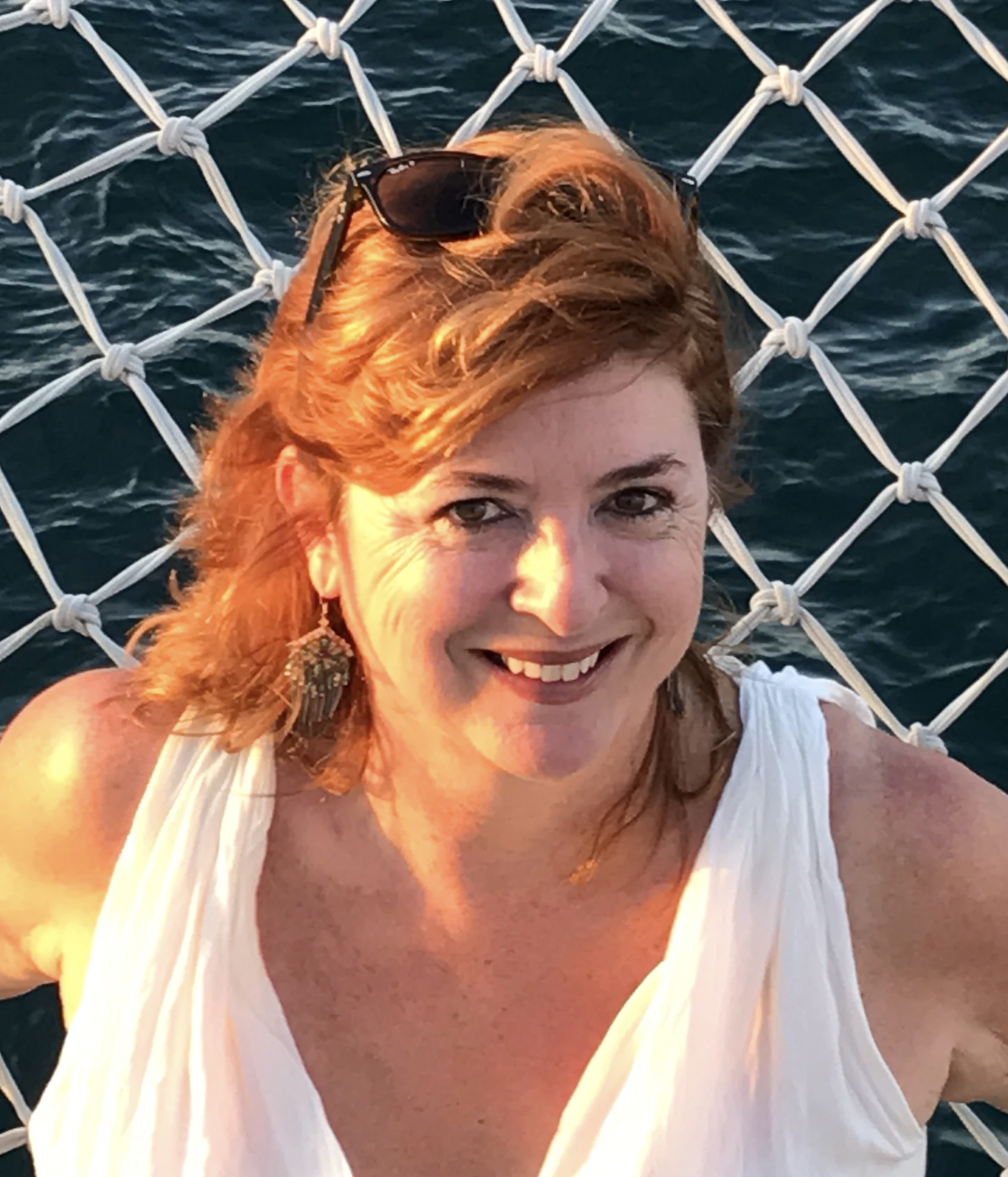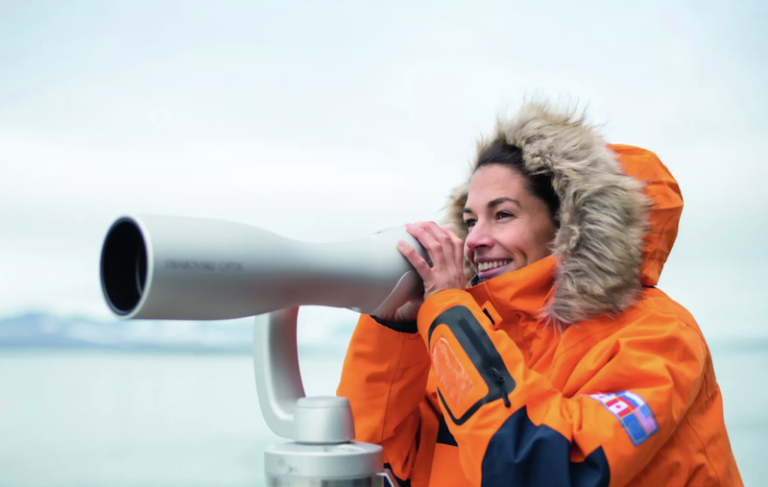While some expedition ships have a glossy science lab with microscopes for passengers to play with, the setup on Ponant’s new icebreaker, Le Commandant Charcot, is different.
The two labs here are industrial-looking, windowless, filled with whirring machinery. Test tubes, beakers of seawater, pumps and plankton collection nets are strewn around.
A fridge can store samples at -80C, while a device called FerryBox measures seawater quality.
In the ‘wet lab’, there’s a purpose-built hole in the hull called a moon pool, from which seawater samples can be taken. Outside, an antenna protrudes from the bow of the ship with a sensor that manages the thickness of the sea ice.
What’s unique about this ship is that these are working labs, designed for four scientists at a time to carry out academic research. The labs were part of the spec at the ship’s design stage – and now, Ponant is pioneering a relationship between expedition cruising and academia.
The science labs are unique, believes Daniel Cron, the ship’s science coordinator. “We did a benchmark study to see what was on other ships,” he says. “There were ‘citizen science’ projects but nothing academic. We were the first to develop academic science projects. This isn’t greenwashing; we’d like it if as many ships as possible would offer labs for academic research.”
The scientific community thinks so, too. “This is a great opportunity,” says Dr Jean-Philippe Savy, a marine chemist from the University of Bordeaux, who is on board measuring ocean deoxygenation. “You could apply for a grant to go on a research vessel, with 40 or 50 other scientists, and collect datasets from the same places annually, but we need data from everywhere. Le Commandant Charcot can give us new data on different locations.”
The application process is quick, too, with no grants required, as the scientists don’t pay to be on board. Researchers can apply for ship time via the scientific body ARICE (Arctic Research Icebreaker Consortium). A selection committee recommends the most appropriate projects to Ponant and Le Commandant Charcot is already booked up with science projects for the next 12 months.
With four scientists arriving and departing each voyage, Cron has his work cut out. One challenge is to coordinate all the scientists’ equipment and a room off one of the labs is piled high with boxes, sent in advance for the next voyage. “For each cruise we have to totally change the subject of study,” he says. “You have to remove everything except the FerryBox and the freezer and add new equipment.”
I’m on an expedition to icy, remote Nordaustlandet, east of Svalbard, which only an icebreaker can reach. In addition to Savy, there are scientists studying climate change, microplastics and marine plankton.
Most nights, while the passengers are asleep, the captain stops the ship and the four head out in a Zodiac to take water samples – not a problem in the bright, 24-hour light of the polar summer. Although they’ve never met, they work as a team – essential when there’s virtually no internet and no hotline to your support network at base if a piece of equipment goes wrong.
“It’s interesting that we have different levels of expertise – a post doctorate, a researcher, a PhD student and a bachelor student,” says Deborah Stoll, an undergraduate from German marine research institute GEOMAR, who is collecting water samples to study microplastics. “We learn from one another. For me, this is not only an opportunity to collect data but to learn how to do field work.”
While the scientists are not obliged to make formal presentations to passengers, they’re happy to sit and chat, and to show visitors around the labs. “As climate scientists, we live in a bubble,” says Julia Ruiz Girona, a PhD student from French research institute LEGOS. “Our colleagues are aware of the big issues. The general public aware of things like plastics but they don’t understand other issues like ocean acidification, which are very important. Projects like this are a chance for us to communicate.”
So far, then, a win all round.









